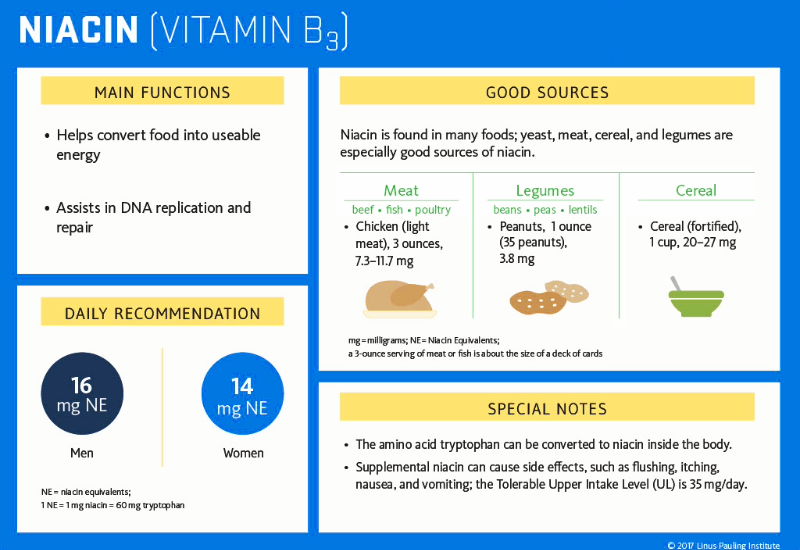By Dr. Bogdan Popa
Understanding the nuances of niacin's impact on our body's complex lipid system can be a bit of a journey, especially when the options are many and the scientific data is dense. But a recent study sheds light on this topic in a way that's both practical and promising for those managing their cholesterol levels.
The study in question, led by Dr. Joseph Keenan, zeroes in on Wax Matrix, Extended-Release Nicotinic Acid (WMNA)—the cholesterol modulating type of Niacin (vitamin B3)—and stacks it against inositol hexanicotinate (IHN), often preferred for its lack of flushing side effects. For background, inositol hexanicotinate is a synthetic molecule that is made in the lab by chemically attaching 6 molecules of nicotinic acid to an inositol molecule. The thinking is that once absorbed, the 6 molecules of nicotinic acid will split away and be used by our bodies. But is this really true or is this just a false theory?
The findings? Wax matrix nicotinic acid (WMNA) came out on top, showing significant improvements in key cholesterol markers.
For those keeping score, the wax matrix embedded nicotinic acid achieved:
- An 11% decrease in total cholesterol,
- An 18% drop in LDL (the troublesome 'bad' cholesterol), and
- A 12% rise in HDL (the 'good' cholesterol we all want more of).
These numbers aren't just statistics—they're markers of a potentially healthier future for patients.
What's particularly striking is that the 'no flush' inositol hexanicotinate (IHN) didn't move the needle on cholesterol levels, highlighting an important point: the absence of a flushing side effect doesn't necessarily equate to clinical effectiveness.
The study's design is worth noting—a well-structured, double-blind, randomized clinical trial that spanned six weeks and involved 120 participants. This rigorous approach gives the results weight and helps cut through the noise in the supplement market.
Now, for those worried about the notorious niacin flush, the study offers reassurance. The wax matrix niacin (WMNA) group only had one patient drop out (out of 40) because of side effects. 39 of 40 patients did not have any issues. Lab results also confirmed safety. While they did report a slight increase in blood sugar and liver enzymes, these remained within normal limits, suggesting that the extended-release formulation might offer a sweet spot of efficacy without undue discomfort.
From my perspective as a medical doctor and someone who's seen the impact of cholesterol management on patient health, these findings are exciting. They bolster the case for WMNA and, by extension, our Niacinex® product, which employs this very same wax matrix technology to harness the benefits of niacin for cholesterol management without the common side effects.
While I'm passionate about the potential of natural therapies in medicine, I also firmly believe in the power of well-conducted research to guide our choices. This study is a testament to that belief, offering a clear direction in the often confusing landscape of cholesterol management supplements.
For those looking to manage their cholesterol naturally, the message from this research is clear: not all niacin supplements are created equal. The type that's integrated into our Niacinex® formulation stands out as a strong option—one that's been clinically shown to make a real difference without making patients uncomfortable.
In the end, it's about finding a solution that works for you—one that you can stick with for the long haul and that truly benefits your health. That's what we aim to provide with Niacinex®, and it's why studies like these are more than just research—they're a roadmap to better health.
References: Keenan, J. (2010). Extended-Release Nicotinic Acid Versus Inositol Hexanicotinate for the Treatment of Dyslipidemia. DOI:10.1016/j.jacl.2010.03.047

